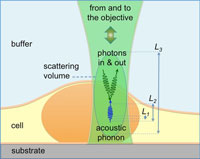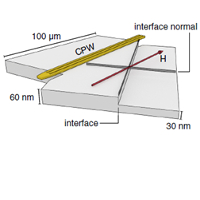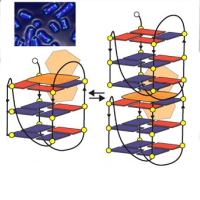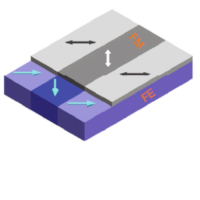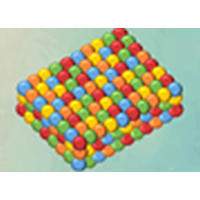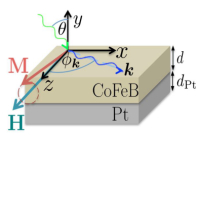Does rotational melting make molecular crystal surfaces more slippery?
| Title | Does rotational melting make molecular crystal surfaces more slippery? |
| Publication Type | Journal Article |
| Year of Publication | 2014 |
| Authors | Benassi, A, Vanossi, A, Pignedoli, CA, Passerone, D, Tosatti, E |
| Journal | Nanoscale (Print) |
| Volume | 6 |
| Pagination | 13163–13168 |
| ISSN | 2040-3364 |
| Abstract | The surface of a crystal made of roughly spherical molecules exposes, above its bulk rotational phase transition at T = T-r, a carpet of freely rotating molecules, possibly functioning as \" nanobearings\" in sliding friction. We explored by extensive molecular dynamics simulations the frictional and adhesion changes experienced by a sliding C-60 flake on the surface of the prototype system C-60 fullerite. At fixed flake orientation both quantities exhibit only a modest frictional drop of order 20% across the transition. However, adhesion and friction drop by a factor of similar to 2 as the flake breaks its perfect angular alignment with the C-60 surface lattice suggesting an entropy-driven aligned-misaligned switch during pull-off at T-r. The results can be of relevance for sliding Kr islands, where very little frictional differences were observed at T-r, but also to the sliding of C-60-coated tip, where a remarkable factor similar to 2 drop has been reported. |
| DOI | 10.1039/c4nr04641b |

